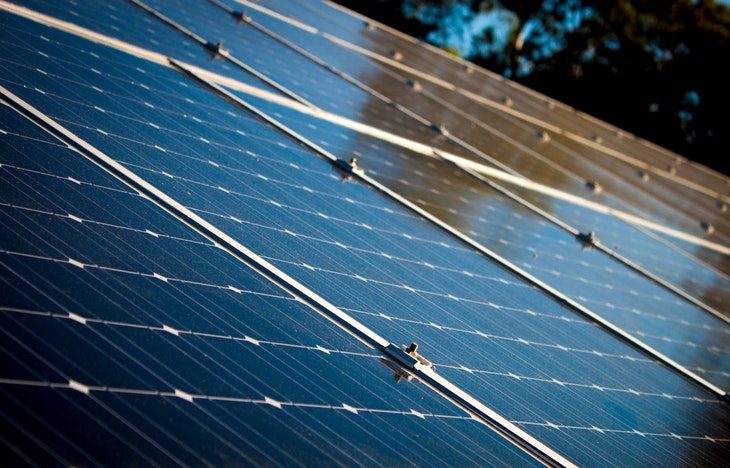
When discussing solar energy, people tend to make a variety of ill-informed assertions – and a lot of them have to do with weather. For example, if it rains, will the power go out? What about snow? What these questions miss is that solar power is actually suitable for just about any environment. Solar panels absorb radiation, not heat, and they generally do so at a rate that means there’s plenty of back-up power for periods of unpleasant weather. But all that being said, there are times when weather can be a barrier to optimal functioning.
In order to maximize the efficacy of solar panels, engineers and users have developed a variety of simple modifications. By implementing these changes, which include stormwater management systems and special snow guards, users have managed to make solar a year-round, sustainable solution.
Read more after the jump:
Safe Solar Racking
The most common way of installing solar panels today is racking, or attaching them securely to the roof and orienting them to maximize light absorption, though they can also be placed in the yard, depending on surrounding structures. In order to safely rack solar panels, though, the roof needs to meet several conditions. Solar panels aren’t exactly light, and combined with the added strain of snowfall, they can overburden the structure, leading to a collapse. Snow can also damage solar panels when sliding off the roof.
In order to protect solar panels from falling blocks of snow and ice, as well as keep those below safe, some homeowners choose to install snow retention systems on their roofs. These barriers keep the snow safely on top of the roof, where it will eventually just melt away, rather than allowing it to slide down to the ground below. The barriers also shore up the roof’s overall structural integrity.
It’s not just that snow retention systems can improve solar panel function, but they’re especially important from a safety perspective because solar panels’ slick surfaces mean that they’re more likely to cause dangerous snow slides than a standard roof. Solar energy is a vital tool in the shift toward all-renewable energy, but they need to be designed safely.
Creative Rain Management
Like snow, rain can cause problems when it interacts with solar panels. Rain may pool, making the panels less effective or slide quickly off the roof leading to erosion, among other problems. Perhaps what is most interesting, though, is that one of the simplest and most powerful solutions to the problem of rain came not from engineers, but from artists.
If you visit the Riverside Roundabout in Los Angeles, California, you’ll find a creative rainwater management system that uses sculpted topography and plants to capture rainwater, granite statues lit by solar lighting, and a built-in rainwater treatment system. The granite carvings bring art to a busy roadway and the plants clean air pollution, making this a full-service solution in which nothing goes to waste.
As for those seeking a less artistic, more pragmatic solution to the issue of rain, there are now hybrid solar panels that capture energy from sun and rain. Though they’re not yet widely available, hybrid panels compensate for low-sun days by using nanogenerators to convert the force of rain into power. For those in high-rain areas, such as the Pacific Northwest, this could be the solution that makes solar energy viable.
In combination with wind and other renewables, solar is well on its way to powering our world, but it’s not as simple as setting out rows and rows of solar panels. With continued design innovation, though, solar will only continue to become more productive, pushing dirty energy sources to the margins and capturing the natural forces that surround us.



